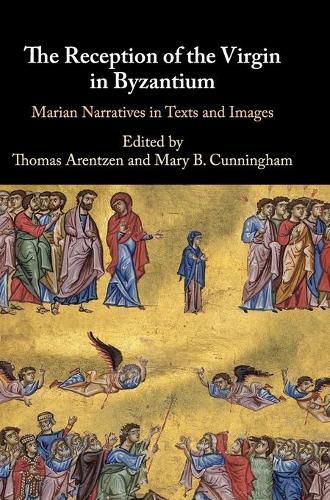Readings Newsletter
Become a Readings Member to make your shopping experience even easier.
Sign in or sign up for free!
You’re not far away from qualifying for FREE standard shipping within Australia
You’ve qualified for FREE standard shipping within Australia
The cart is loading…






This book explores how the Virgin Mary’s life is told in hymns, sermons, icons, art, and other media in the Byzantine Empire before AD 1204. A group of international specialists examines material and textual evidence from both Byzantine and Muslim-ruled territories that was intended for a variety of settings and audiences and seeks to explain why Byzantine artisans and writers chose to tell stories about Mary, the Mother of God, in such different ways. Sometimes the variation reflected the theological or narrative purposes of story-tellers; sometimes it expressed their personal spiritual preoccupations. Above all, the variety of aspects that this holy figure assumed in Byzantium reveals her paradoxical theological position as meeting-place and mediator between the divine and created realms. Narrative, whether ‘historical’, theological, or purely literary, thus played a fundamental role in the development of the Marian cult from Late Antiquity onward.
$9.00 standard shipping within Australia
FREE standard shipping within Australia for orders over $100.00
Express & International shipping calculated at checkout
This book explores how the Virgin Mary’s life is told in hymns, sermons, icons, art, and other media in the Byzantine Empire before AD 1204. A group of international specialists examines material and textual evidence from both Byzantine and Muslim-ruled territories that was intended for a variety of settings and audiences and seeks to explain why Byzantine artisans and writers chose to tell stories about Mary, the Mother of God, in such different ways. Sometimes the variation reflected the theological or narrative purposes of story-tellers; sometimes it expressed their personal spiritual preoccupations. Above all, the variety of aspects that this holy figure assumed in Byzantium reveals her paradoxical theological position as meeting-place and mediator between the divine and created realms. Narrative, whether ‘historical’, theological, or purely literary, thus played a fundamental role in the development of the Marian cult from Late Antiquity onward.